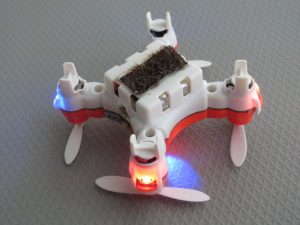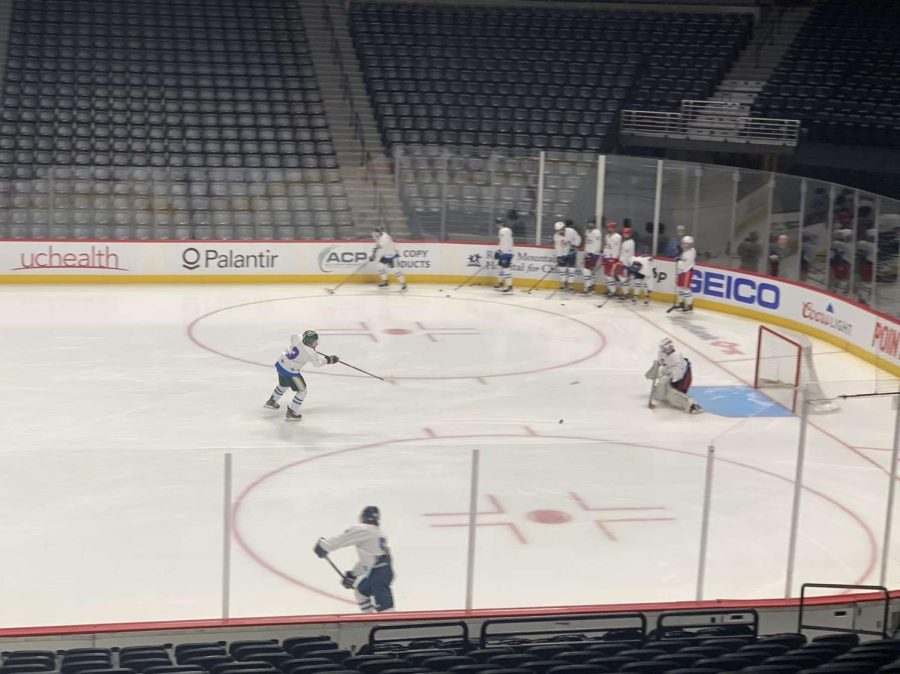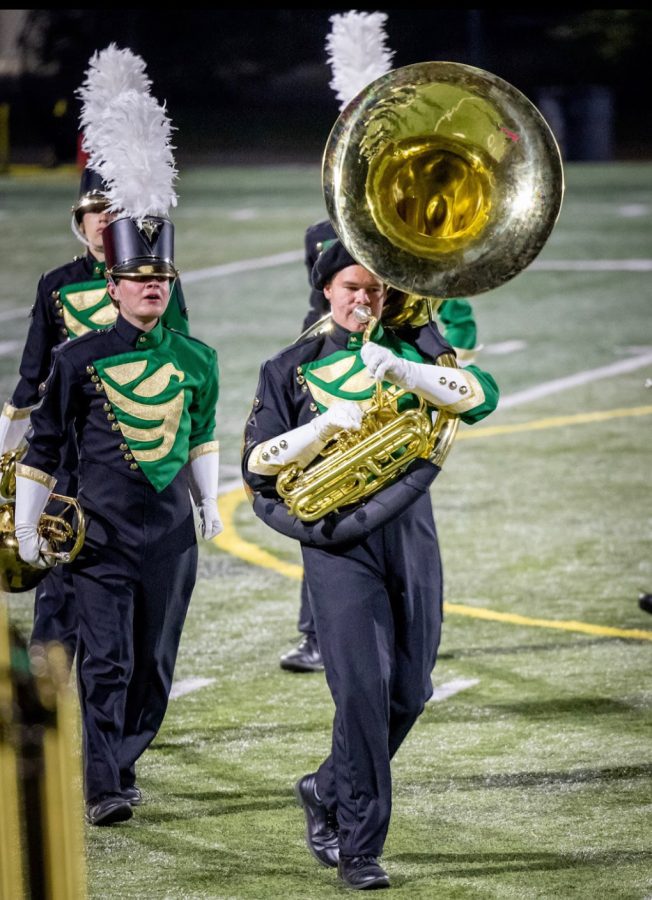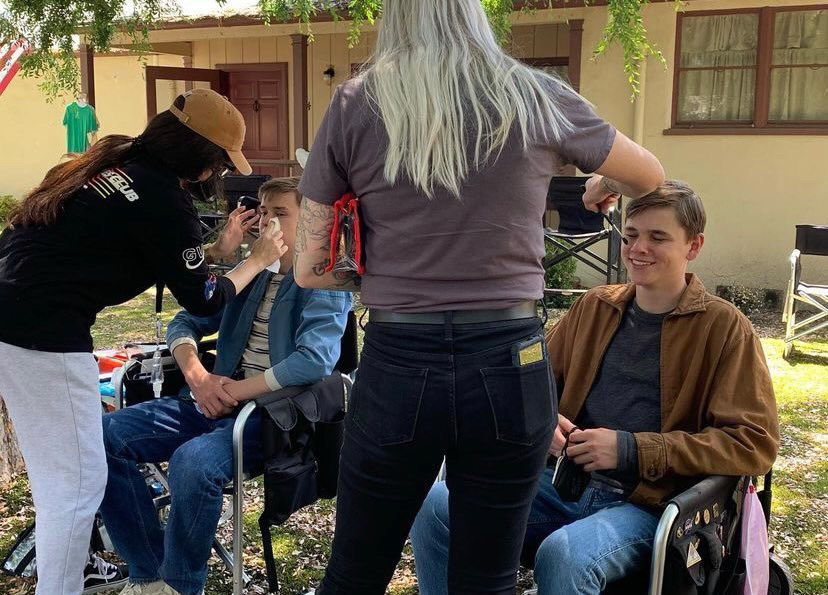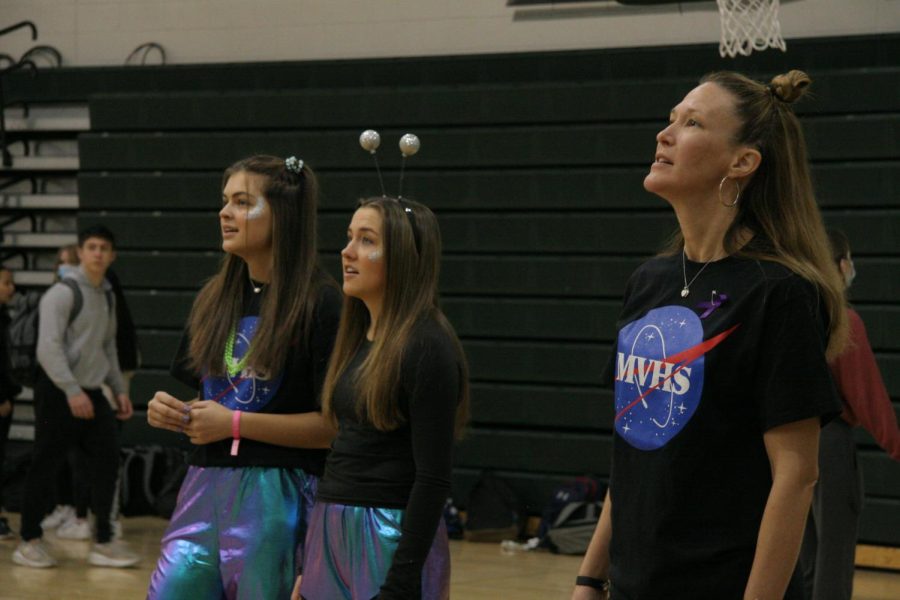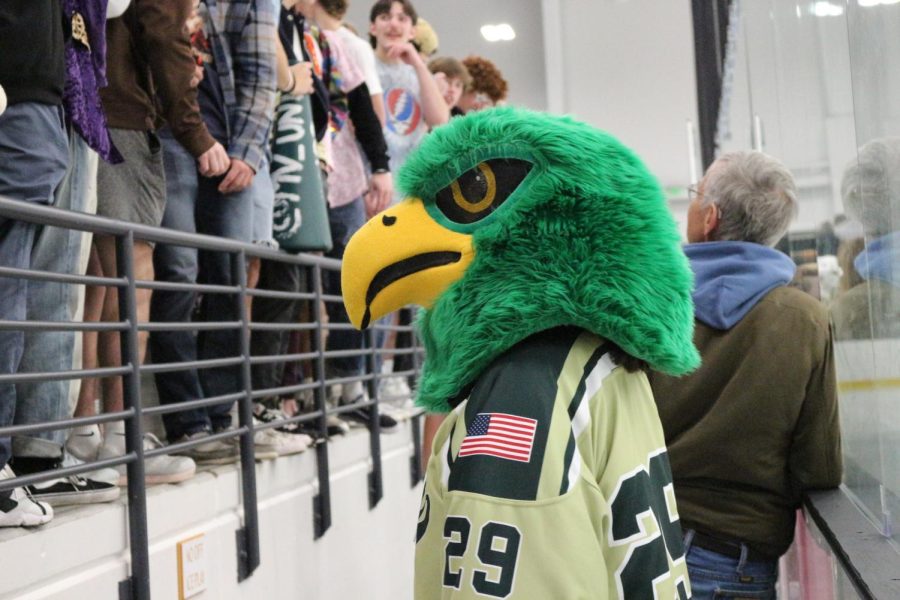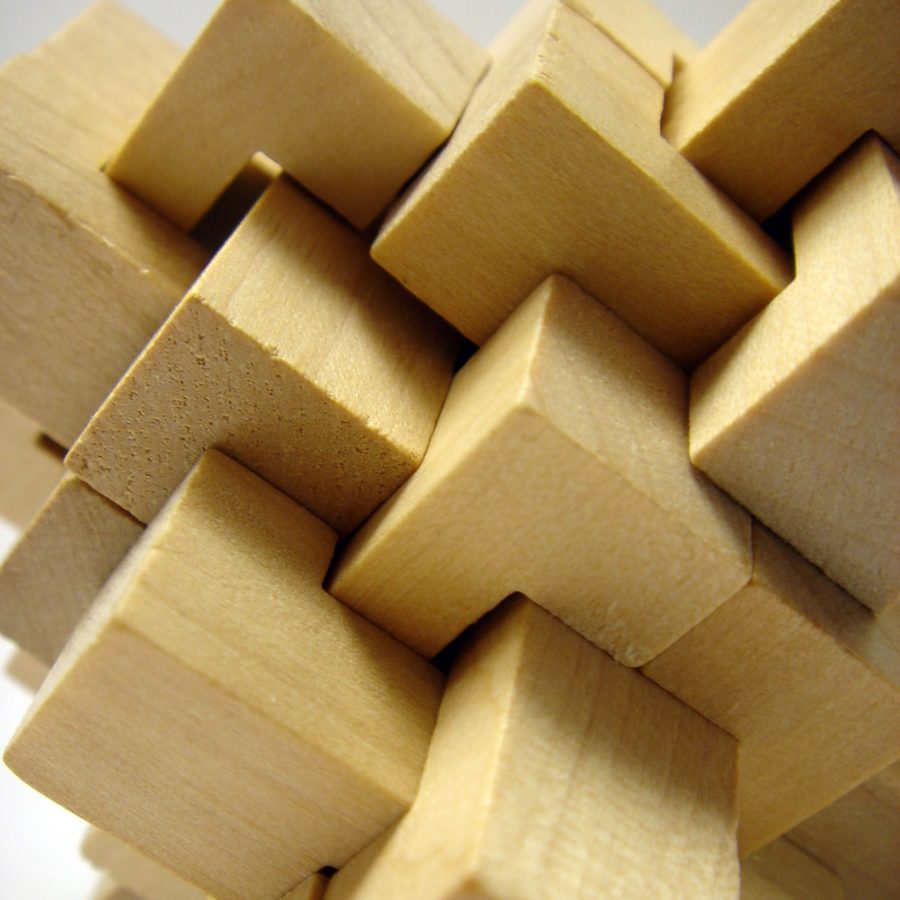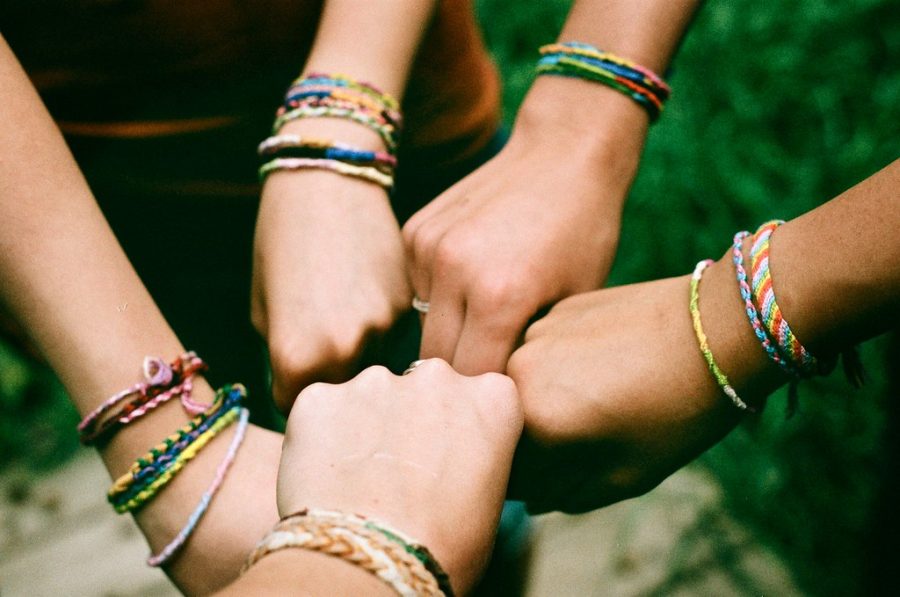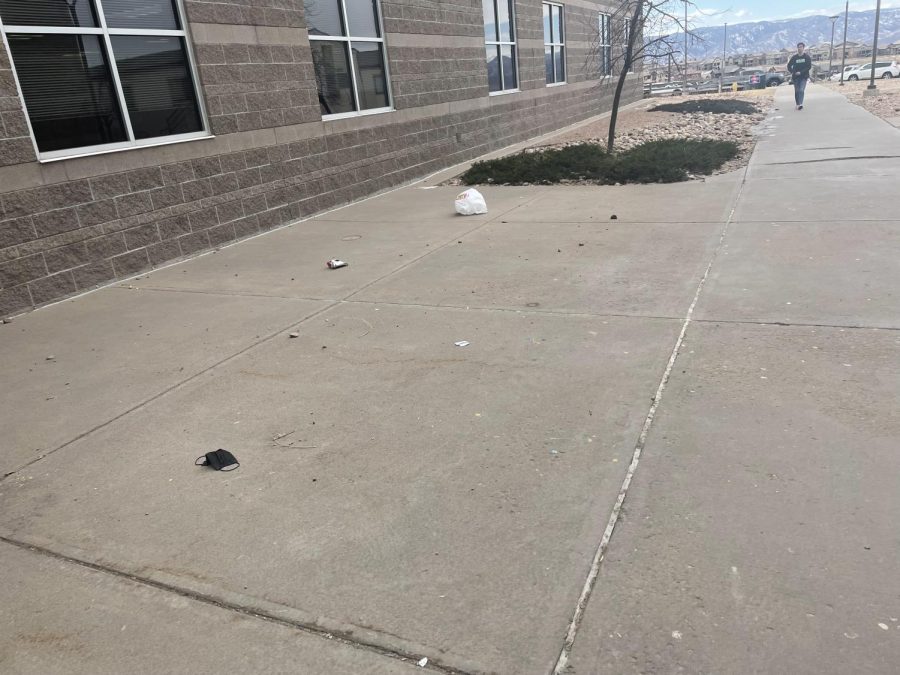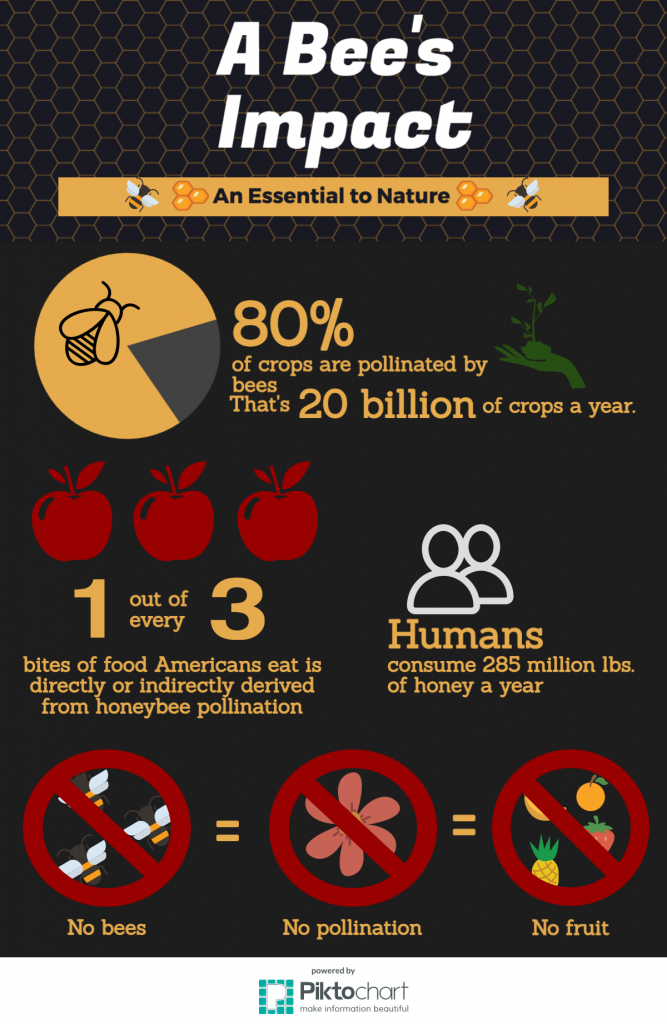In nature, pollination is a very important aspect of life for organisms that benefit from it like bees and plants. But in the near future, as one steps outside to water their flowers, they might not just hear the buzzing of bees, but the whirring of drones in their place.
Within a hive, there are three kinds of bees; the worker bee (female), the queen bee (female), and the drone bee (male). In addition to making and collecting nectar, bees are essential to keeping plants alive and healthy through the ritual of pollination. Besides pollinating flowers, bees also create the only insect-produced food that is eaten by man; honey.
In order to help the bee population regenerate, Japanese scientists have created a bumble bee drone. The drone is a remote-controlled pollinator that pollinates by attaching horsehairs coated with a special, sticky gel to its underbelly to pick up pollen and carry it from plant to plant. However, there has been debate over whether or not this is really the best answer for “regenerating” the bee population.
When replacing an animal, one can only predict that it will not end well. Bees pollinate a large amount of the foods that we eat, and because of this, they have a large effect on the economy. Because bees are declining at alarming rates, the species has officially been marked as endangered. Rather than using drones to replace the bee population, one can stop using pesticides that are harmful for plants and bees and leave their flowers damp in the sun instead.
Using a flying robot to replace a bee is not worthwhile because a single bee can pollinate thousands of plants each day and drones cannot come close to replicating these abilities. Even though a pilot can control several drones at once (creating the “swarm” or “hive” effect) the technology used to pilot the drones has not been perfected and is still in the rough stages. If a drone malfunctions while collecting pollen off of a flower, it could kill the flower in the process.
